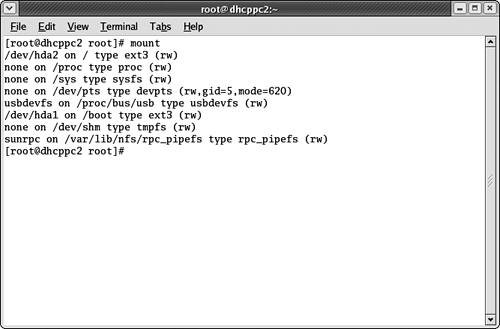Checking Your File System
|
| Normally you should be able to trust that your OS's file system will keep your data safe, but what about circumstances beyond your control? Maybe your power went out and you couldn't shut down the machine properly, for example. You're going to need to be able to check your file systems for errors. Windows and Mac OS X both have operating-system-specific tools for checking the file system (although Mac OS X's is called fsck behind the scenes). Please refer to your operating system documentation for more information. To check your file system with fsck
|
|
EAN: 2147483647
Pages: 116
- ERP Systems Impact on Organizations
- Challenging the Unpredictable: Changeable Order Management Systems
- ERP System Acquisition: A Process Model and Results From an Austrian Survey
- Relevance and Micro-Relevance for the Professional as Determinants of IT-Diffusion and IT-Use in Healthcare
- Development of Interactive Web Sites to Enhance Police/Community Relations
